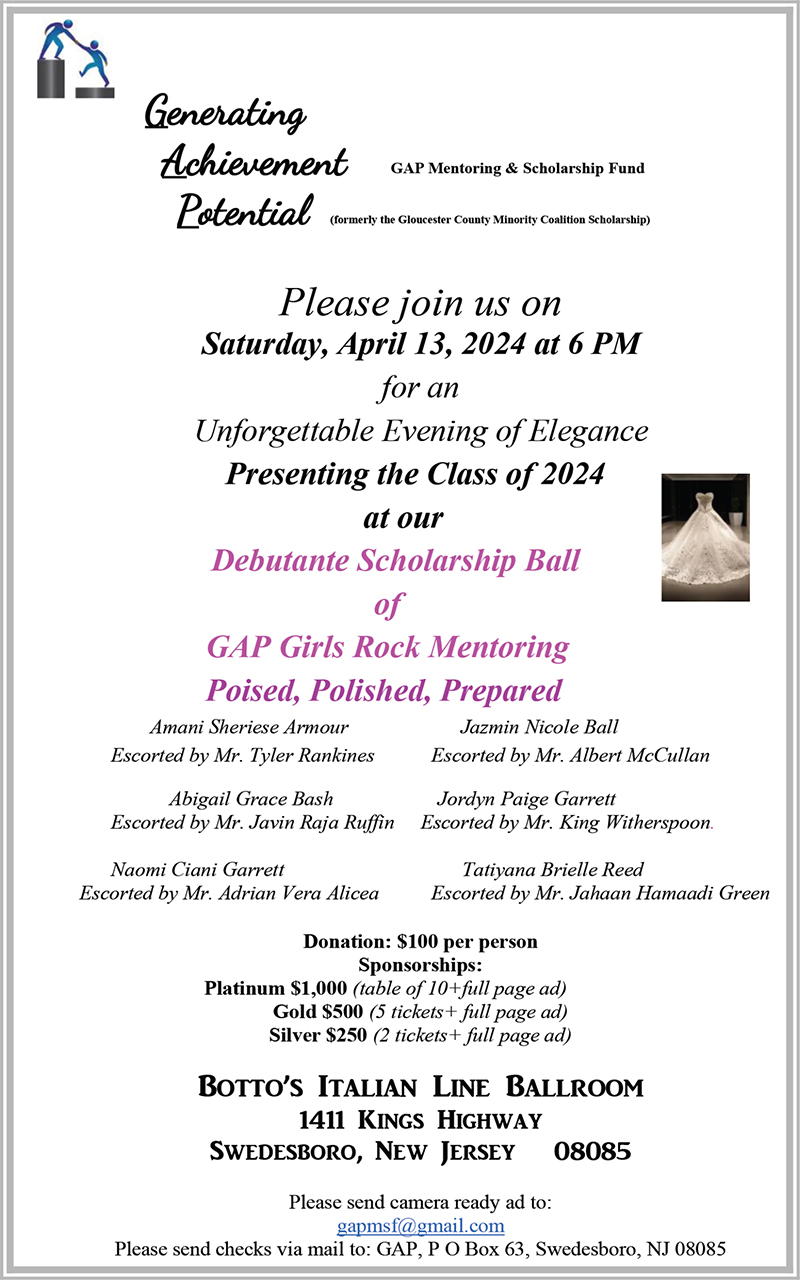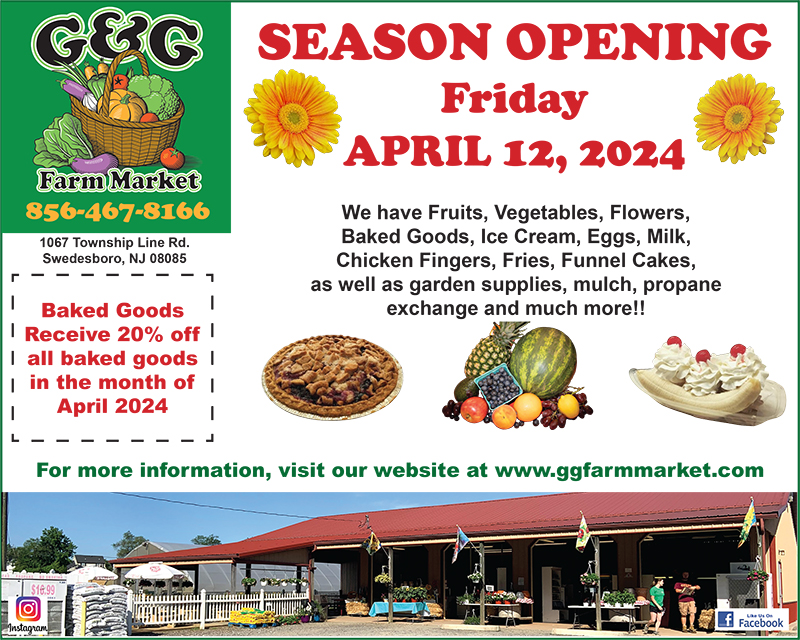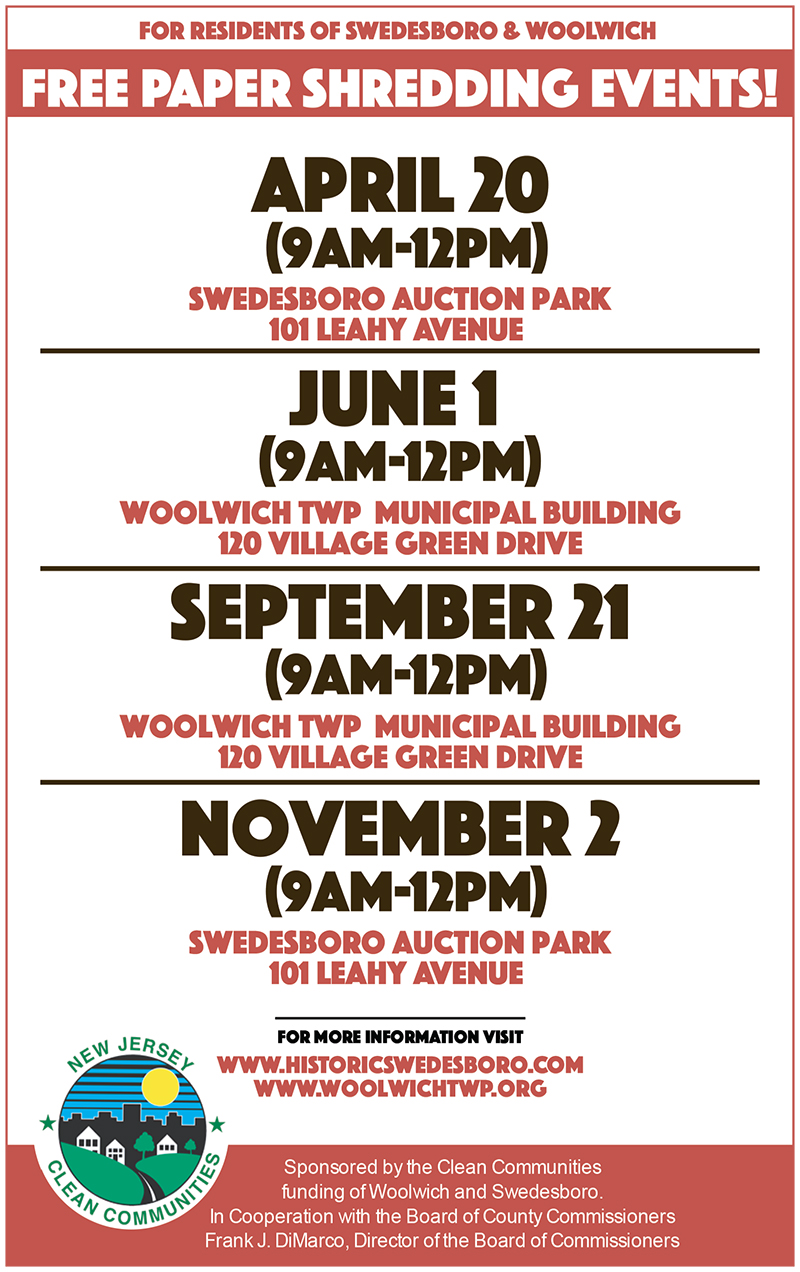 September is here and it’s an ideal time for planting and rejuvenating your lawn and landscapes.
September is here and it’s an ideal time for planting and rejuvenating your lawn and landscapes.
Fall is a great time for planting for a few reasons. First being temperatures are cooling down and that makes for happier transplanting of trees and shrubs as well as seeding lawns.
Secondly, although most people think of spring as the time to do their seeding and planting, fall carries a big second advantage….WARM EARTH. In springtime, the soils are often still thawing and not as conducive to root growth as an earth that was warmed throughout the growing season.
A third reason for fall lawn planting is your lawn will inevitably need weed control in the spring if you want minimal weed infestations. The herbicides required to control the most common of these weeds, crabgrass preventer and broadleaf weed (dandelion, clover, wild garlic etc.) control are usable in the spring if you fall seeded because the seed has germinated and hardened off. These selective herbicides will likely sting or kill new seed and tender seedlings.
LAWN SEED VARIETIES
Our region has four basic categories of cool season grasses. They are: 1. tall fescue, 2. perennial rye, 3. blue grass and 4. chewing & red fescues.
By far, the most popular variety of seed are the tall fescues. These refined hybrid grasses are respected for their drought, wear and disease resistance. Rye grasses are great because they germinate rapidly (seven days if kept watered) which helps a stand of grass “stick” or take hold before the seed washes out or becomes bird food.
Blue grasses were and still are the crown prince of beauty. I truly believe when you hear the phrase, it was like a carpet that came from the blue grass lawns. Don’t get me wrong, any lawn that is mowed and weed free will look good but bluegrass will stand out in side by side comparisons.
Bluegrass is also a good self-repairing plant because it spreads with underground runners called rhizomes. All those plusses carry a price. Bluegrass needs a bit more TLC than the tall fescues and its cost is considerably more pound per pound.
This cost if offset due to pound requirements per 1,000 square foot is considerably less than ryes and fescues. Chewing and red fescues are what you tend to see in shade seed blends. While all lawns need sun, these varieties seem to tolerate low sun areas better.
You can go with one variety of seed or do a mix. We prefer the diversity of the mix. The seed mix we use the bulk of the time is a happy mix of 80 to 90 percent tall fescue, 5 to 10 percent rye and 5 to 10 percent blue.
After picking your seed, prep the ground before dropping seed. This is most often achieved through core aeration or power/spike seeding.
The important thing here is to get the seed to contact the soil, not the existing thatch layer. After that, frequent light watering will make most of your seed pop in one to three weeks.
By Randy Marcucci of Green Acres Landscaping












